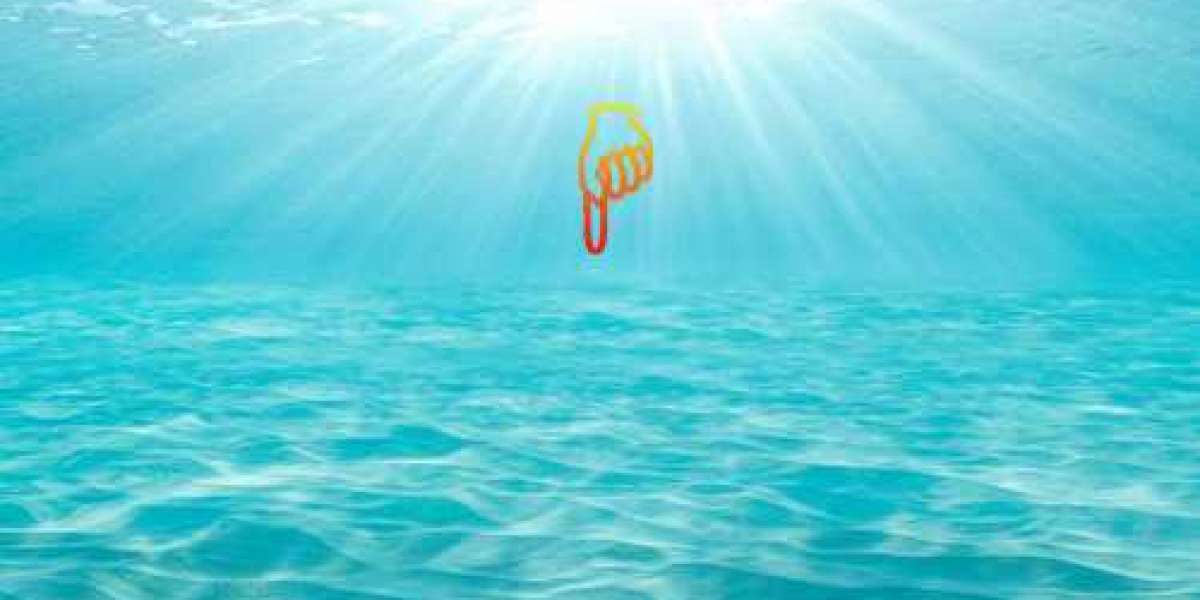We use homosalate in combination with all other sunscreens in our sunscreen products. This sunscreen is an excellent solvent for other filters, limiting the use of other oily compounds and limiting the greasiness and stickiness of the product.
Homosalate is licensed worldwide. homosalate is biodegradable, does not bioaccumulate, and has no known aquatic toxicity. Its good environmental profile has been confirmed by the European Chemicals Agency (ECHA).
Like all of our products, products containing homosalate have undergone systematic and rigorous quality and consumer safety assessments. This is the basic principle we apply all over the world.
An oil-soluble chemical sunscreen that protects the skin from UVB (295-315 nm) with peak protection at 306 nm. Homosalate itself is not a strong UV filter (only SPF 4.3 protection at the maximum allowable concentration of 10%), and it is not lightfast (loses 10% of SPF protection in 45 minutes), so it always Must be combined with other sunscreens to provide proper protection. One of the great things about it, though, is that it's liquid, which is great for dissolving other hard-to-dissolve powdered sunscreens, like the famous avobenzone.
We don't have the best news when it comes to the safety of Homosalate. In vitro (conducted in the laboratory) studies suggest that it may have some estrogenic activity. Don't panic, these studies were not done on real people under real world conditions. Still, if you're the "better be safe than sorry" type, use caution when using sunscreens containing homosalate all over your body long-term.
Homosalate is allowed up to 10% in the EU and 15% in the US as of 2020, but the EU is currently considering limiting it to 1.4% (possibly starting in 2022).
The European Commission has identified 28 substances as suspected endocrine disruptors under the European Cosmetics Regulation. The Scientific Committee on Consumer Safety (SCCS) examines its endocrine activities that may be harmful to consumer safety. The first group of 14 substances will be considered a priority for 2020. Homosalate is part of the first group of substances. According to the World Health Organization (WHO). By definition, homosalate is not an endocrine disruptor.






